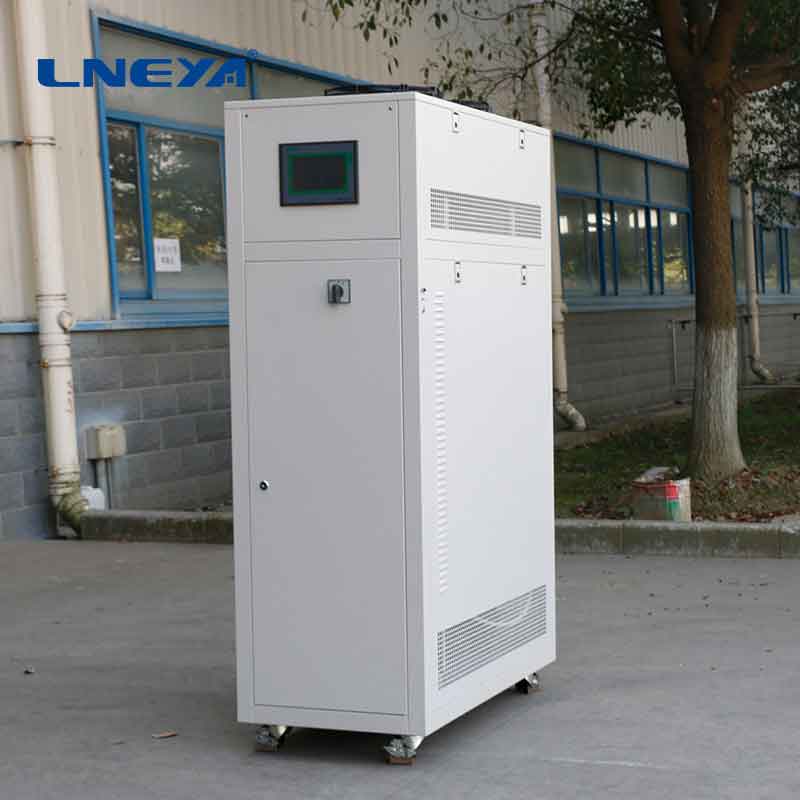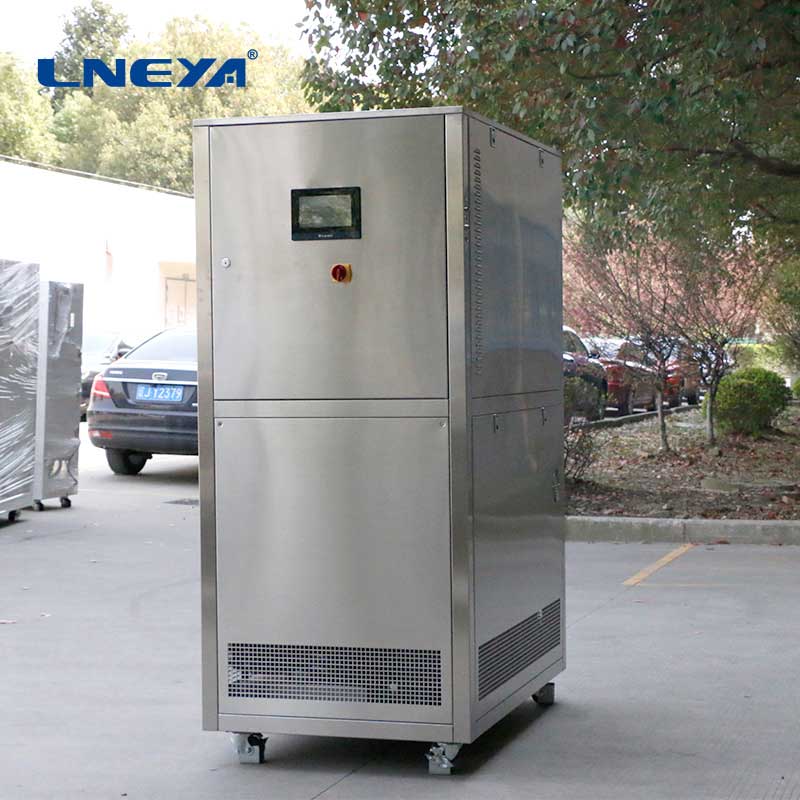laboratory water heater
Introduction to Laboratory Water Heaters
Laboratory water heaters, or water baths, are essential for a variety of applications in scientific research and medical testing. These devices provide a stable temperature environment for processes such as sample incubation, chemical reactions, and temperature-sensitive experiments.

Components of a Water Bath
The main components of a water bath include a container, heating element, temperature control system (thermostat or digital interface), and often a lid to minimize evaporation and maintain temperature consistency. Some models also feature a stirring mechanism to ensure even heat distribution within the water.
Types of Water Baths
There are several types of water baths, with the two primary categories being:
Static Water Baths: These are the most basic and are used for applications that do not require mixing or stirring of the contents.
Circulating Water Baths: These have a pump that circulates water, providing a more consistent temperature across a larger volume or to external containers.
Operation of Water Baths
The operation of a water bath involves filling the container with water, setting the desired temperature using the control system, and allowing the bath to reach the set temperature. Once the temperature is stable, samples can be placed in the bath for the required duration.

Safety Considerations
When using a water bath, it is important to follow safety guidelines, such as:
Ensuring the water bath is placed on a stable, heat-resistant surface.
Using a fume hood if volatile substances are being heated.
Regularly checking the water level to prevent the heating element from drying out.
Following proper cleaning and maintenance procedures to prevent contamination and ensure accurate temperature control.
Applications of Water Baths
Water baths are used in a wide range of laboratory applications, including:
Incubating biological samples for cell culture or bacterial growth.
Facilitating chemical reactions that require a controlled temperature.
Thawing or warming reagents and samples to specific temperatures before analysis.
Advantages and Limitations
Water baths offer several advantages, such as ease of use, cost-effectiveness, and the ability to heat multiple samples simultaneously. However, they also have limitations, including potential microbial growth if not properly maintained and the need for regular water changes.

Conclusion
Water baths are indispensable in many scientific and medical applications. Their ability to provide precise and stable temperature control makes them a cornerstone of laboratory equipment. Understanding the different types, proper operation, and safety considerations is key to leveraging their full potential in scientific research and analysis. By following best practices and adhering to safety protocols, laboratories can ensure the reliability and accuracy of their experiments and processes.
Related recommendations
cooling capacity of chiller
643Understanding Cooling Capacity of ChillersThe cooling capacity of a chiller is a fundamental aspect of its performance, defining its capability to extract heat and maintain desired temperatures. I...
View detailsbig chillers
368Introduction Big chillers, also known as industrial or high - capacity chillers, are sophisticated cooling systems designed to remove substantial amounts of heat from a process or space. These...
View detailswater cooled chiller package
312Components of a Water Cooled Chiller PackageA typical water cooled chiller package includes several key components working together as a unified system:Water Cooled Chiller: The core cooling uni...
View detailsair cooled fluid cooler
581Air-Cooled Fluid Coolers: Design, Operation, and Efficiency Introduction Air-cooled fluid coolers are essential in various industrial processes for their ability to maintain fluid temperatur...
View details
 LNEYA Chiller
LNEYA Chiller






HelloPlease log in